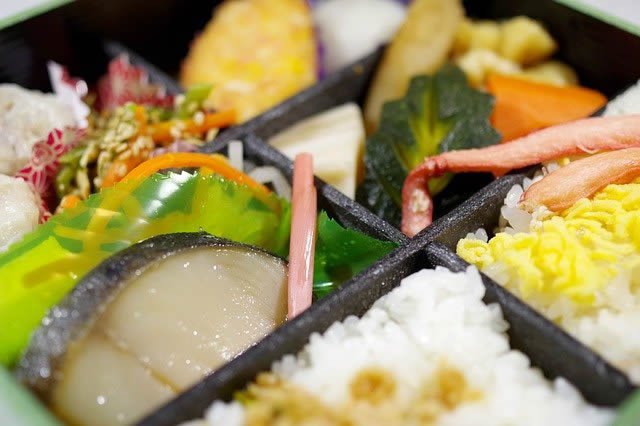先日から「Japan’s special take on a packed lunch -「日本の駅弁への思い入れ」を読んでいます。

・「日本の駅弁への思い入れ」(1)
・「日本の駅弁への思い入れ」(2)
・「日本の駅弁への思い入れ」(3)
Steven R McGreevy, who has lived in Japan since 2000, explains that “Japan’s food culture is incredibly diverse and often linked to a particular place.
2000年から日本に暮らすスティーブン・R・マックグリービー氏曰く「日本の食文化は驚くほど多様で、特定の場所と結びついていることが多いのです。
Just the suggestion of somewhere in Japan automatically elicits images of particular foods that are native to the place or of a particular level of refinement or quality.
日本のどこかというだけで、その土地固有の、あるいは格別に洗練された、または品質の高い食べ物が自動的に浮かびます。
This is, of course, found everywhere in the world, but I would say the level of resolution in Japan is really high:
もちろん、これは世界のどこでも見られることですが、日本の志は非常に高いと言えるでしょう、
resolution「決意・決心(したこと)、志、覚悟、不屈、決議、分解、分析、解決、解答、解像度」。
a 30-minute train ride can bring you into a totally different food environment.”
電車で30分も走れば、まったく違う食環境に出会えるのですから。」
Famous examples include gyutan, grilled beef tongue from Sendai;
有名なところでは、牛の舌を焼いた仙台の牛タン、
shumai, pork dumplings from Yokohama; and kani-meshi, crab rice from Hokkaido.
横浜の豚肉団子・シュウマイ、北海道のカニ飯など。
While many of these items have long been part of the local culinary scene,
これらの料理は古くからその土地で食べられていたが、
the idea to box them up as travellers’ fare evolved along with the development of the Japanese railway system, which started service in 1872.
1872年に開通した日本の鉄道の発展と共に、旅人の食事として箱詰めにしようという事になる。
fare「(交通機関などの)運賃、料金、乗客、(食事に出される)食物」。
The first ekiben appeared in 1885 at Utsunomiya Station (around 130km from Tokyo), consisting of pickled plum rice balls – a portable food common throughout the country.
最初の駅弁は1885年、宇都宮駅(東京から約130km)にて、全国共通の携帯食である梅干しおにぎりが登場した。
梅干しおにぎりが、日本初の駅弁だったんですね。
確かに今も必ずコンビニやスーパーにあり、日本人誰もが馴染みのある携帯食だと思います。
その簡単な駅弁から始まって、今やあらゆるメニューが日本全国溢れているのですから、何でも凝り性で研究熱心な気質があるんだろうなあという気がします。
理由は単純明快!「少ないコストでしっかり楽しく学べるから」。
私自身の経験(高機能でビックリ)をびっしり書いていますので、良かったら読んでみてください。
下のバナーからどうぞ!






